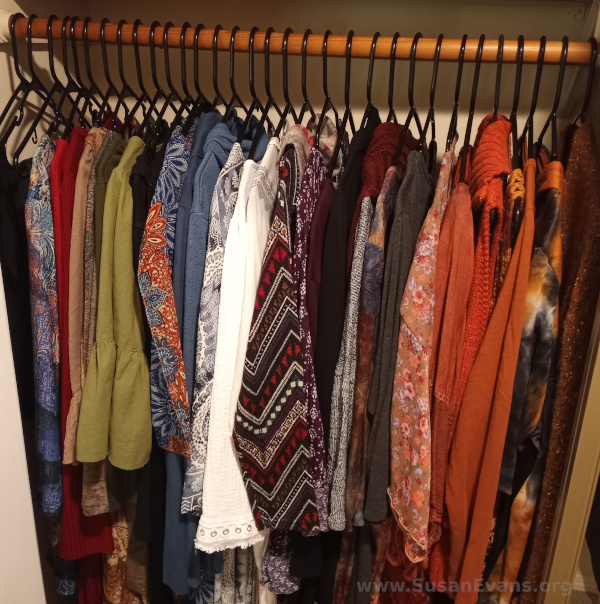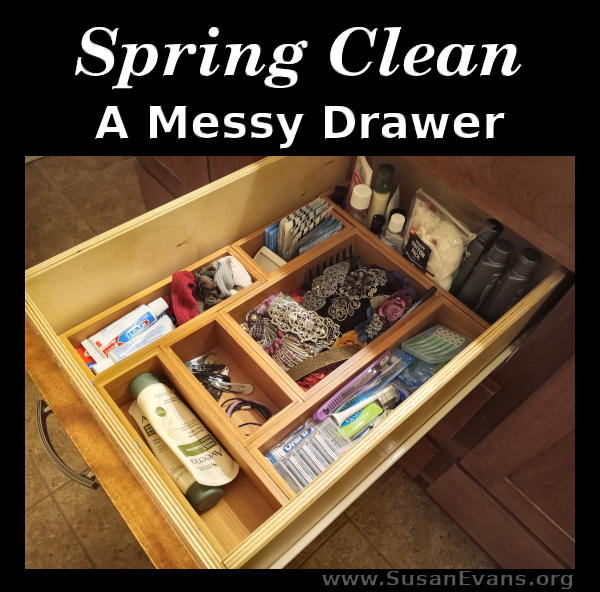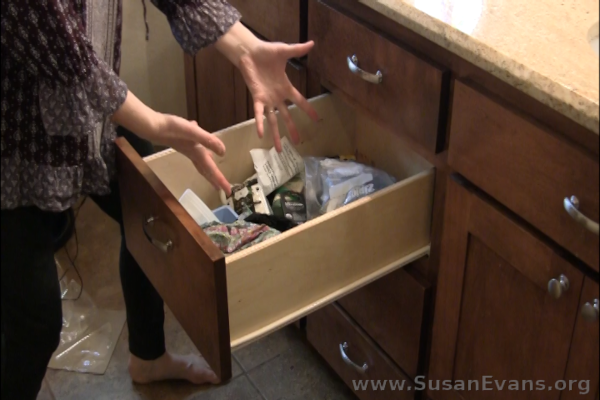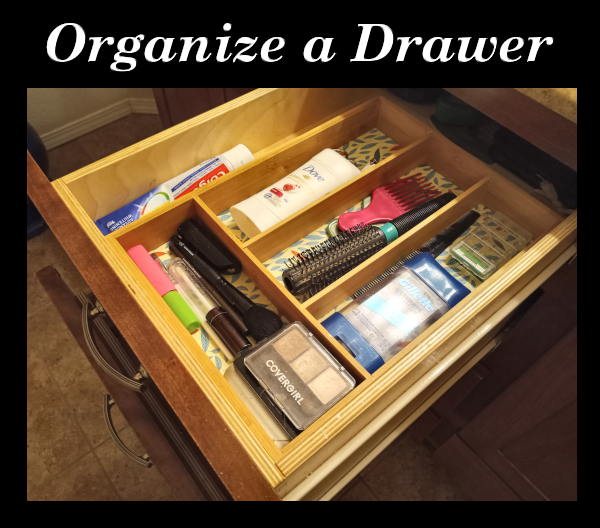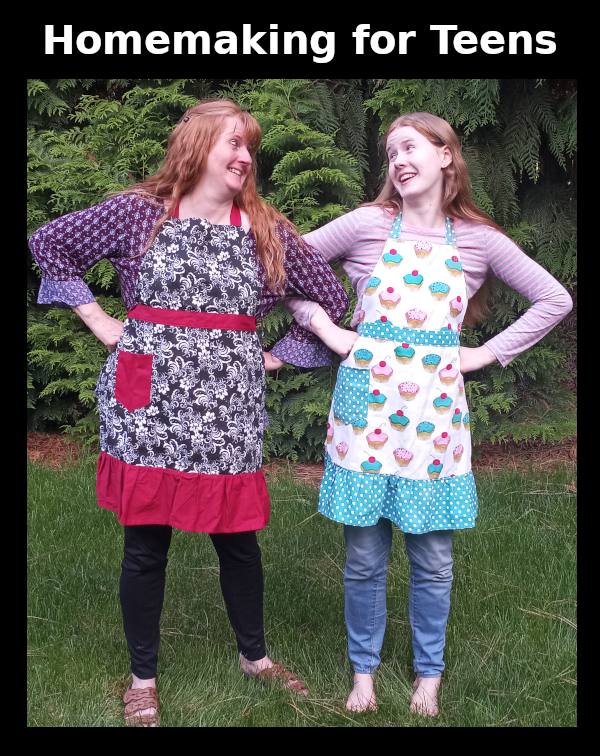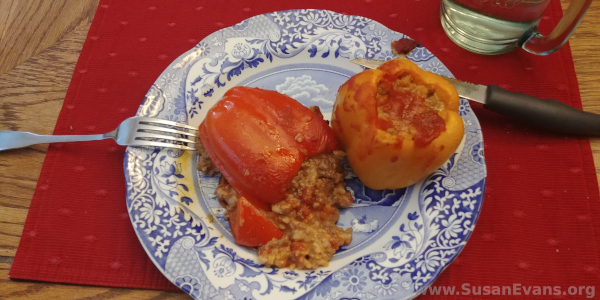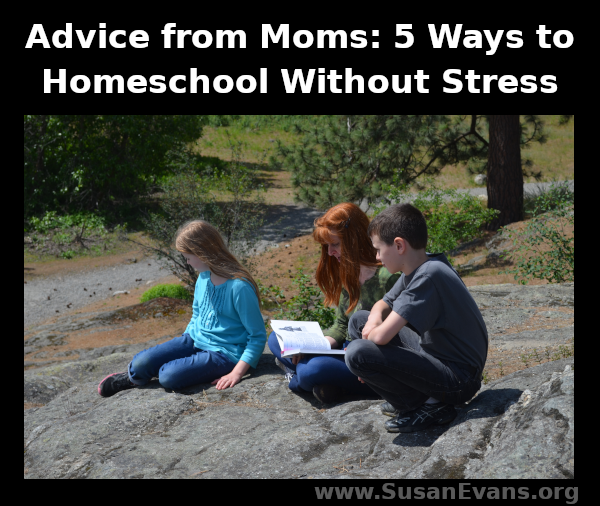Today I’m going to show you how to declutter your wardrobe to make more space for what you truly wear and love. Getting rid of everything that you don’t wear and don’t like will eliminate so many clothing choices, so that you have fewer clothing choices in the morning, but all of them are your favorites.
I will also give you a glimpse into my clothing style, which is mostly Boho. I discovered that my favorite way to dress is Bohemian style, which includes flowy feminine tops and dresses that may remind you of the 1960’s. When I was in my early 20’s, I loved this style and had forgotten about it when I became a mother and focused all my attention on raising my family. It was not until my kids reached their teen years that I realized that I didn’t like the way I looked in many of my clothes. By going through this process that I’m showing you today, I came to find out that I feel most myself when I wear Boho style.
If you have a different style, go ahead and look up online what clothing styles are out there, and see which ones suit your personality the best. My daughter loves vintage style. She likes, for example, dresses from the 1920’s, along with a variety of hats. She wears these to church, to square dancing, and to any other function where a dress would be appropriate. But then she also wears classic style clothing whenever she is hanging out with friends.
So if you open your closet doors and remove all of your clothing, throw all the hanging clothes onto your bed, and go through each one. I tried on each one, realizing that some were scratchy or didn’t fit any more. I got rid of anything that wasn’t beautiful and comfortable. That left me with about 33 pieces in total, which is what fashion designers call a capsule wardrobe. A capsule wardrobe is the essential pieces that you wear all the time, but for me, they are the only pieces I have, aside from a couple of Christmas sweaters I found later in a cupboard. Whenever I get a new piece of clothing, I get rid of one that has stains or isn’t as nice as the new piece. This way I always have a reasonable amount of clothing.
You don’t have to whittle down to only 33 pieces, but if you go through these steps, you will find that you have clothing that intermatches. Your favorite colors are probaby seen multiple times in your wardrobe. If not, you can build a wardrobe that includes more of the colors that you love.
Look at what your main colors are in your wardrobe, and see what pieces you would like to buy to help you wear what you love more often. You can get clothing inexpensively at resale shops, where I’ve gotten most of my clothing over the years. You will be glad to wear what you love more often with accessories that intermatch what you already have.
Finally, when you hang up everything you love in your wardrobe, you will see that your life is simplified, and you feel better about yourself. Because your style is what makes you feel more yourself, you will feel better about how you look, which will help you to take better care of your body in general.
I hope you enjoy my runway-style video, showing you how you can intermatch your clothing, using basic colors like blue, gray, or black as a blank canvas for your brighter splashes of color. Have fun with it!

